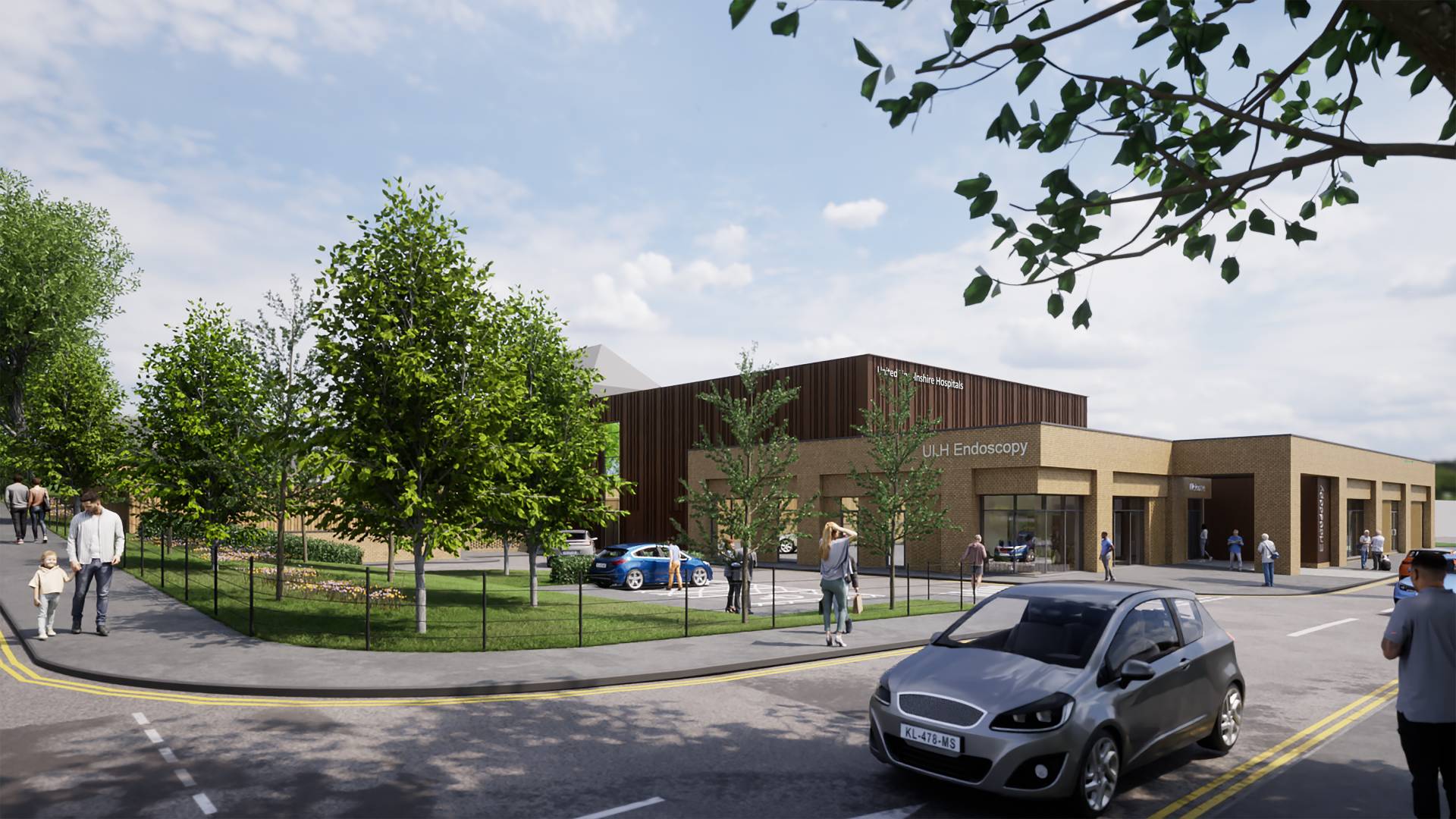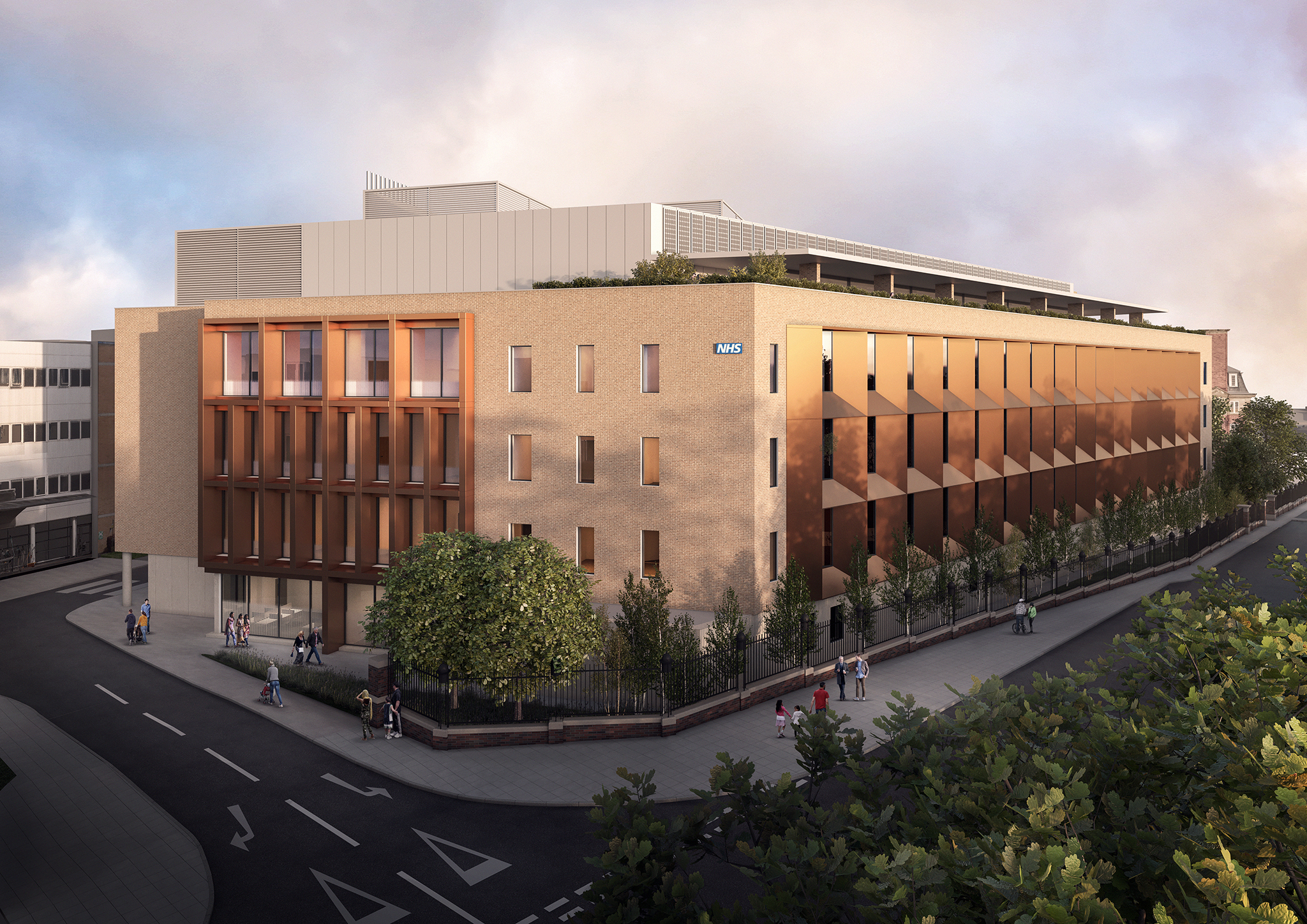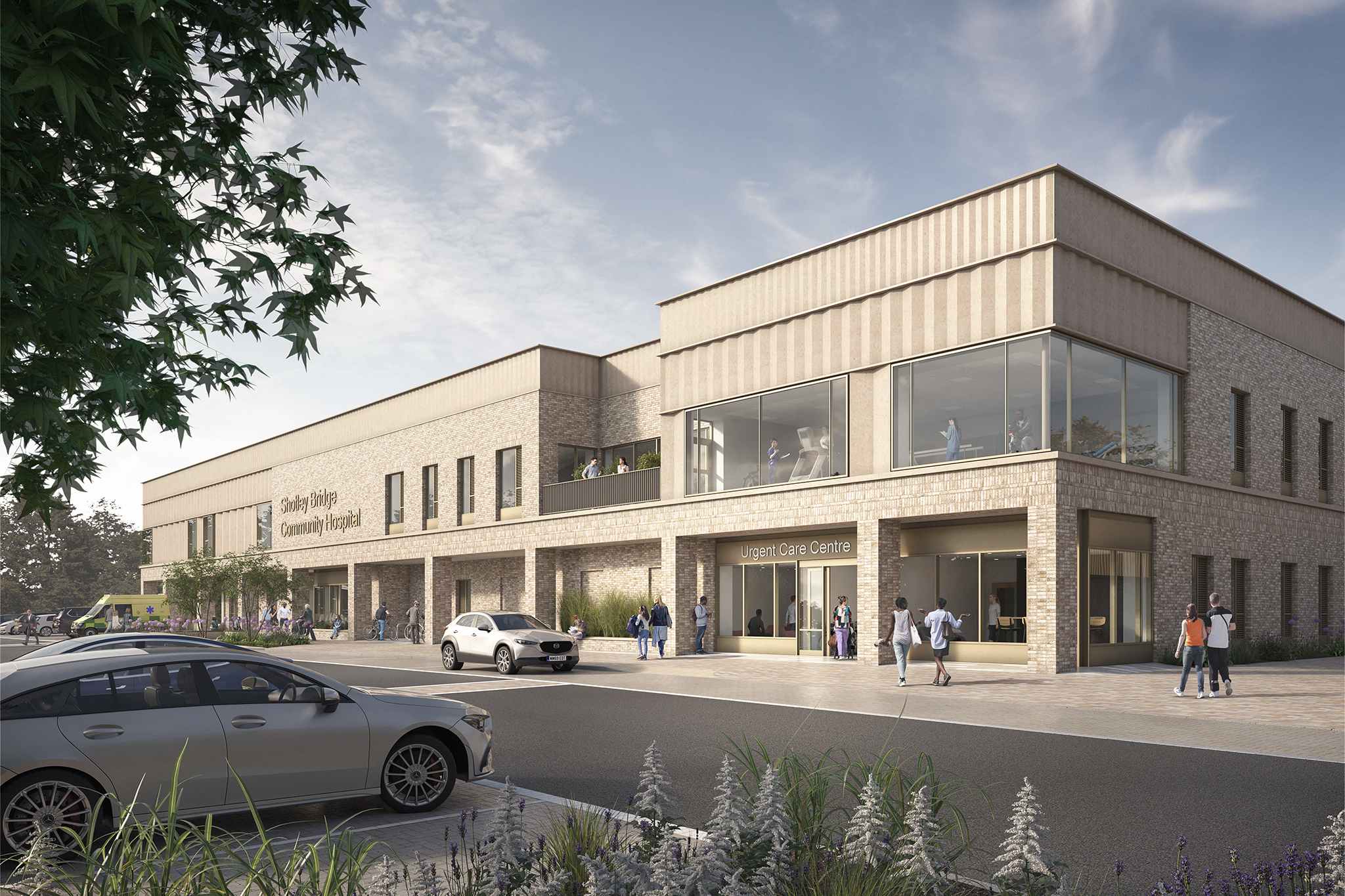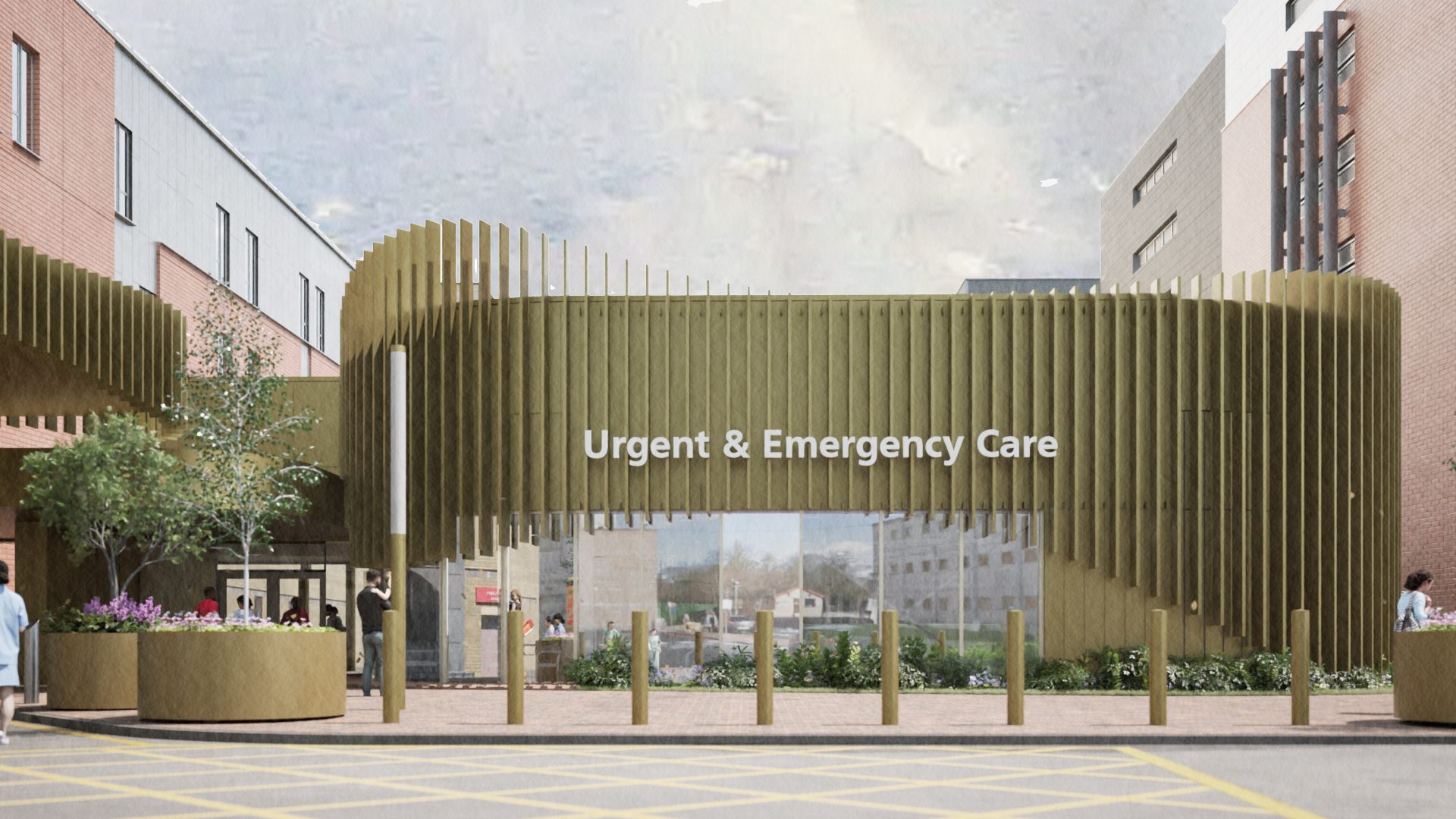DPP Healthcare Lead, Kayleigh Dixon, sets out her thoughts to Healthcare Property Magazine on how strategic planning can benefit NHS estates management.
After more than a decade of underinvestment, the NHS is under mounting strain – not only in terms of people and services, but also its physical infrastructure. Many hospital buildings date back to the post-war era or the 1960s, and these ageing estates are no longer fit for purpose.
The planning system must play a pivotal role in enabling transformation – through smarter land policy, more-strategic estate planning, and flexible planning tools that break down barriers to delivery
They are inefficient, inflexible, and, in many cases, are failing to meet the needs of modern healthcare. But this is about more than outdated buildings. Issues such as limited bed capacity, long waiting times, and the growing burden of providing social care in hospitals are symptoms of a wider system under pressure – one that urgently needs a joined-up, future-proofed solution.
The UK Government’s £29bn investment pledge to ‘get the NHS back on its feet and fit for the future’ is a welcome start. However, funding alone won’t solve the problem. The planning system must play a pivotal role in enabling transformation – through smarter land policy, more-strategic estate planning, and flexible planning tools that break down barriers to delivery.
Allocating land for healthcare in Local Plans gives trusts and Integrated Care Systems the certainty they need to plan ahead, attract funding, and align services with population growth
At DPP, we’ve supported numerous NHS trusts, private estates, and universities like Durham with long-term masterplans that bring efficiencies, unlock growth, and align estates with service needs. Hospital estates, like university campuses, are complex. They often comprise large portfolios, constrained sites, ageing buildings, and changing service demands. A well-structured masterplan can phase development, prioritise capital spend, and ensure alignment with clinical and local priorities.
How the planning system can help deliver a modern NHS
To meet the needs of 21st-century healthcare, the planning system must align with NHS strategy. In my view, there are several planning mechanisms that can help unlock, accelerate, and futureproof healthcare infrastructure delivery, for example:
- Early identification and strategic site allocation
Allocating land for healthcare in Local Plans gives trusts and Integrated Care Systems the certainty they need to plan ahead, attract funding, and align services with population growth. Early engagement with Local Authorities is essential to influence these plans and support long-term strategy.
- Supporting estate masterplanning
An effective estate masterplan, developed with community and stakeholder buy-in, supports trusts by identifying which assets to retain, redevelop, or release. It allows for phased delivery, aligns estate investment with clinical priorities, and creates a smoother planning process by setting clear parameters and timescales from the outset.
- Embedding health in planning policy and planning decisions
Through tools like Section 106 agreements and Health Impact Assessments (HIAs), local authorities can secure vital health infrastructure funding. Planning frameworks should ensure that healthcare provision keeps pace with housing and community growth.
- Expanding Permitted Development (PD) flexibility
Temporary PD rights introduced during the pandemic enabled rapid delivery of much-needed healthcare facilities. DPP helped deliver the Day Treatment Centre at Freeman Hospital, Newcastle, using these powers. A permanent expansion of PD rights could streamline future delivery and tackle backlog pressures faster. The Government is keeping Permitted Development Rights ‘under review’ and we are watching this closely.
- Encouraging community-based health hubs
Healthcare is increasingly shifting from hospitals into the community. Planning can support this shift by enabling the repurposing of high streets, retail parks, and business centres into integrated health hubs. These centres improve access, support early intervention, and revitalise local economies through increased footfall and multifunctional spaces.
- Enabling integrated public sector land use
A joined-up approach to land across health, education, housing, and community services can improve efficiency and collaboration. Local authorities and combined authorities are well placed to convene stakeholders, form local taskforces, and unlock sites for shared community use in strategic growth locations.
- Driving sustainability and net zero delivery
The NHS is committed to reach net zero by 2045. Planning policy can support this by requiring new developments to meet environmental standards and adopt low-carbon design, while also promoting biodiversity and sustainable transport.
Planning is not just a regulatory hurdle; it’s a critical enabler, helping unlock investment, streamline delivery, and co-ordinate stakeholders
Collaboration, devolution, and a place-based future
Estate transformation can’t happen in silos. Collaboration is essential. The recently-launched Great North Healthcare Alliance is a promising example of regional co-ordination, showing how NHS trusts can align strategy, share resources, and think systemwide. Devolution deals – particularly in the North East – are giving regions greater power to integrate planning, transport, infrastructure, and health. This opens the door to more-co-ordinated, place-based delivery that reflects local needs and ambitions.
In Conclusion
A modern NHS needs more than funding; it needs physical infrastructure that reflects how healthcare is delivered today. That means hospitals that are efficient and sustainable, health hubs in local communities, and estates that are planned in step with clinical strategies and community growth. Planning is not just a regulatory hurdle; it’s a critical enabler, helping unlock investment, streamline delivery, and co-ordinate stakeholders.
With the right approach, the planning system can play a vital role in helping the NHS build back stronger, and we’re proud to be part of that journey.
Images:
Lincoln Endoscopy Unit – P+HS Architects
Royal Victoria Infirmary – Newcastle upon Tyne NHS Foundation Trust
Shotley Bridge – Medical Architecture







